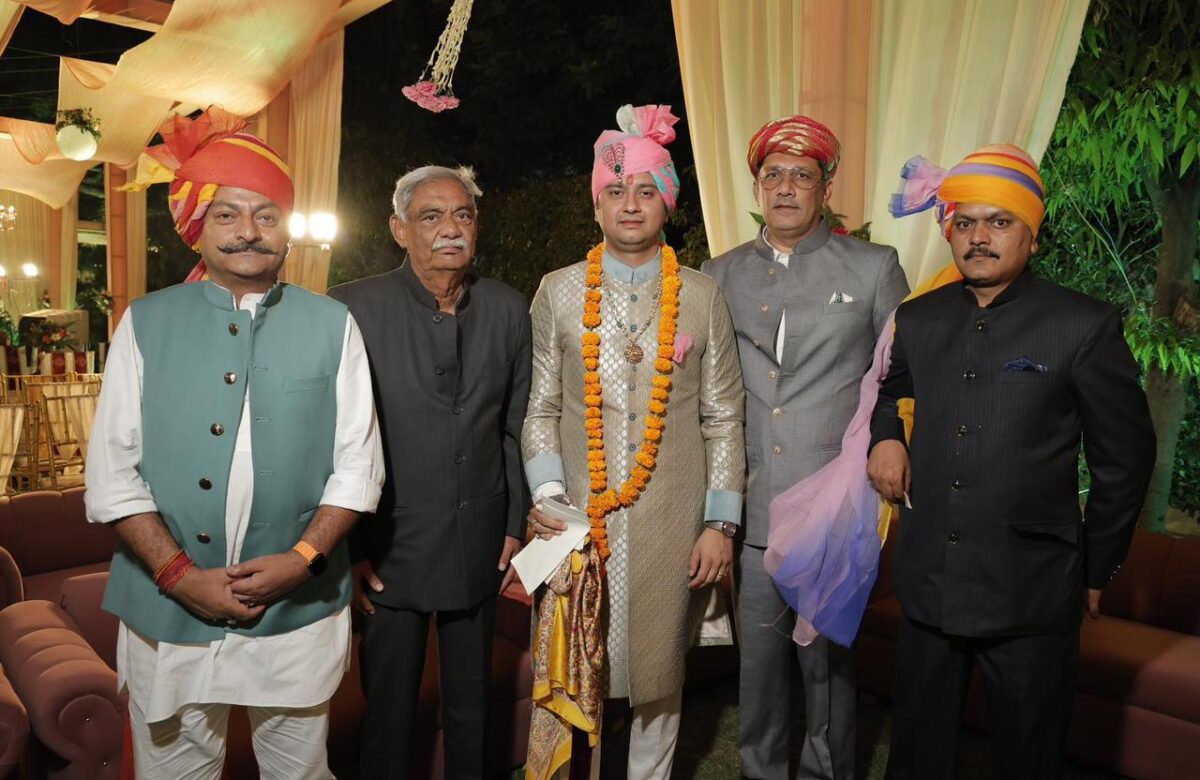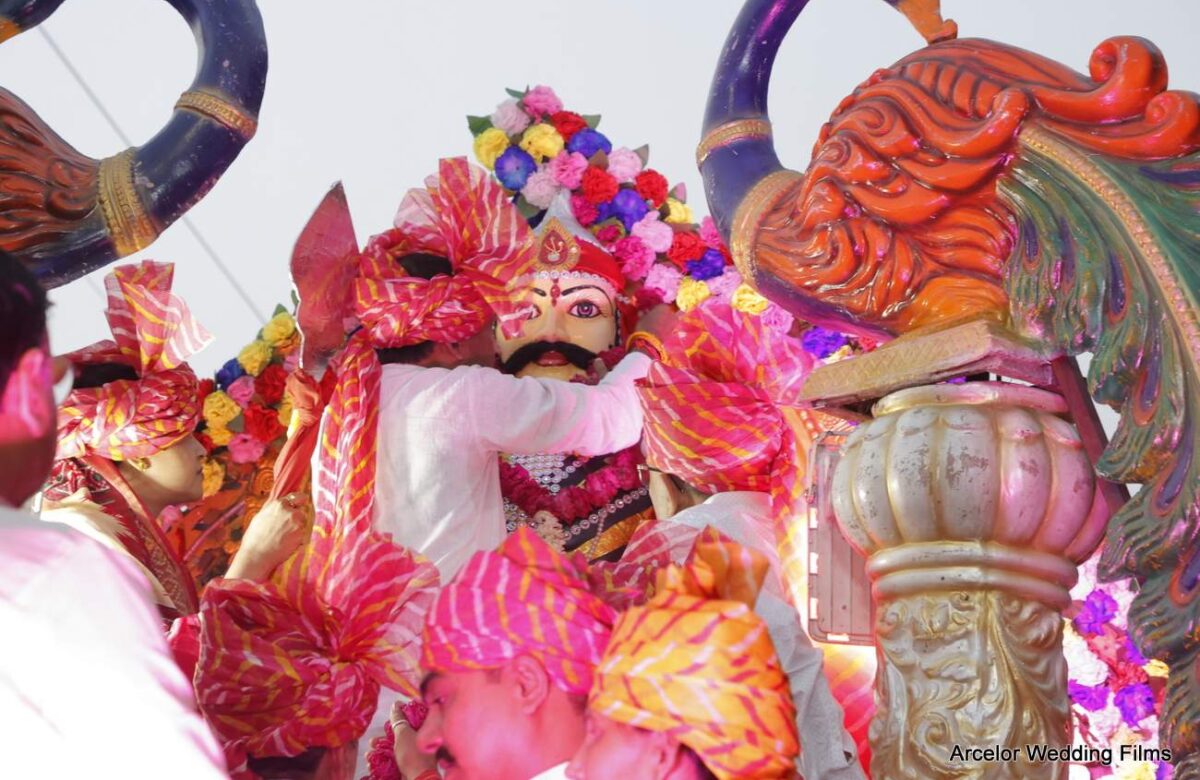Royals and their royal life have always been the talk of the town wherever you go. Every state has a history of its freedom, stories about its freedom fighters, rulers, and many more things, and people like me who are always keen to know more about history get their answers by visiting museums, forts, temples, etc. So out of curiosity, I dug into the history of Uttar Pradesh, one of India’s most populous states.
Uttar Pradesh has a multicultural, multiracial, fabulous wealth of nature hills, valleys, rivers, forests, and vast plains. Viewed as the largest tourist destination in India. Uttar Pradesh plays a most important part in India’s freedom struggle and after independence, it remained the strongest state politically. As said earlier, Uttar Pradesh has a rich history, and I am always more into knowing it in deeper, so I found out that this state has almost 10 famous forts in different regions, so I will be sharing some interesting facts about the Awagarh Fort which is in Etah District.
Raja Balwant Singh, Raja of Awagarh, CIE, OBE (1852-1909)
Etah District is one of the districts of Uttar Pradesh, India since 1984. Etah city is the district headquarters and it’s a part of the Aligarh division. Awagarh Is a Historic town and municipality city in Itah District in the state of Uttar Pradesh. It is a Tehsil of many colors and contrasts. Here stands a 180-acre pristine fort of Jaudan Rajputs rulers of the Kshatriya clan, who after migration of Karauli had built this magnificent fortress in the 12th century on a tiny mound, claiming the biggest moat encircling it. The fort surrounded by lush green fields is an ideal destination for nature lovers and a perfect getaway from chaotic city life.
Etah was previously called as “Aintha” which means ‘to respond aggressively’ and was named by the then king of Awagarh. Etah has been a witness to some of the most important historical events which made the region’s history and culture dynamic. The Awagarh monarchy was founded by Thakur Chhatarbhuj Singh in 1701 and was the second-biggest princely state in Uttar Pradesh. This was among the last princely states to join the Indian union after India’s Independence.
The royals of this household seem to have always a humble and low-key persona. Today, the royal family still stays in the more than 300 years old Awagarh fort. One of the largest and oldest forts in that region, this one still hasn’t seen the rust of time. The royal family of Awagarh has played an important role in restoring the bygone glory, in terms of the socio-cultural uplift of the society, Proper care has been taken to keep it in its original condition. The royal fort, located on top of the amount, is visible from a distance. In the season of mustard in bloom, it’s surrounded by pretty yellow flowers all around – this simply adds to the charm of the place.
According to His Highness Kr.Bhupenderapal Singh, who cited indiaroyalfamilies.com, a Blog website that showcases the culture, sophistication, and heritage of some of India’s most celebrated Rajput royalty. Thakur Chhatarbhuj Singh the founder of the state was originally the Zamindar of Nari in the Chhatapargana. Singh settled in Jalesar during the reign of Emperor Muhammed Shah of Delhi (1719/1748), his son Thakur Bakht Singh was granted the large village of Misa by the Governor of Jalesar. Bakht Singh rendered military services to the Maharaja of Bharatpur and the Thakur of Amargarh and gradually made himself an independent chief. Singh obtained a decree from the Maratha rulers authorizing him to build a Fort at Awagarh.
The Royals of Awagarh
The title of Raja has been conferred on this Dynasty by the Maharana of Udaipur and was formally recognized in 1838 as a hereditary distinction by Lord Auckland, the then British Governor-General of India. Among many Philanthropic Activities of the Royal Family of Awagarh is that this family had helped Rabindra Nath Tagore to set up Shantiniketan. Balwant Singh, Raja of Awagarh, CIE, OBE (1852-1909) is noted for his contribution in the field of education. He purchased land and started Rajput High School in 1885 at Agra with a donation of Rs. 12,00,000, which has now grown into Raja Balwant Singh College. He made a further endowment of Rs. 9,30,000 in the year 1909 before his death for the college. He also donated more than 100 acres in Agra for agriculture known as Khandari Farm, attached to Rajput High School.
Surrounded by natural beauty, this 108-acre pristine fort of the long-forgotten kingdom of Jadon rulers has managed to retain its glory. Touring around the fort complex, you can catch a glimpse of the long-lost history of Jadon’s.
Awagarh is perfect for a day trip, and it gives tourists the real taste of royalty at close quarters. According to Kr.Bhumendera Pal Singh, a member of the Royal House of Awagarh, as visitors walk around the fort, the members of the Royal House of Awagarh are more than happy to welcome them. A mere conversation with the members of the house will make evident the rich heritage and cultural contribution of this region. Most of the locals claim that most parts of the Awagarh fort is in good condition, and they have maintained all the structure of rooms as they were in the old times, which is good and recommendable, I can urge all the people out there to visit such an incredible structure once in their lifetime. Please find some inside photos of the fort.
Thank You!!



